I wrote this article in Japanese and translated it into English using ChatGPT. I also used ChatGPT to create the English article title. I did my best to correct any translation mistakes, but please let me know if you find any errors. By the way, I did not use ChatGPT when writing the Japanese article. The entire article was written from scratch by me, Saikawa Goto.
Introduction
Movies and books covered in this article
Three takeaways from this article
- Einstein also hadn’t accepted the existence of Black Holes.
- How could they take pictures of an “invisible object” that even light cannot escape from?
- The author’s group has clarified one of the big problems of “Supermassive Black Holes.”
Self-introduction article


Published Kindle books(Free on Kindle Unlimited)
“The genius Einstein: An easy-to-understand book about interesting science advances that is not too simple based on his life and discoveries: Theory of Relativity, Cosmology and Quantum Theory”
“Why is “lack of imagination” called “communication skills”?: Japanese-specific”negative” communication”
The quotes in the article were translated using ChatGPT from Japanese books, and are not direct quotes from the foreign language original books, even if they exist.
A Book that Provides Basic Knowledge of Black Holes in an Easy-to-Understand Way
The Existence of Black Holes was Difficult to Accept (Even Einstein Denied it)
In April 2019, an international science project team announced that they had “captured an image of a Black Hole.” This article summarizes the background of the “EHT Project.”
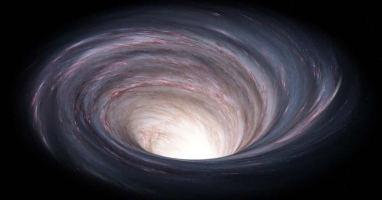
In the above article, details about the project itself were written, but there was hardly any description about the “Black Hole.” In this article, I would like to summarize Black Hole itself, including how it has been studied.
First, let’s briefly touch on the trend that led to the study of strange celestial bodies such as Black Holes.
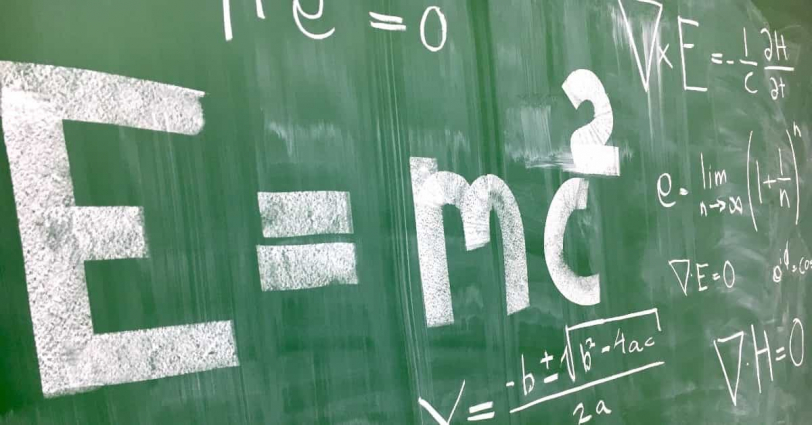

Black Holes were “discovered” from Einstein’s theory of General Relativity. A scientist named Schwarzschild desperately calculated on a battlefield where shells were falling and concluded that “when solving the equations of General Relativity under certain special conditions, the existence of a celestial body that even absorbs light is predicted” (By the way, the name “Black Hole” did not exist during Einstein’s lifetime).

Schwarzschild’s calculation was made shortly after Einstein published General Relativity, and Einstein was pleased that “someone was interested in my theory.” However, he believed that “the calculation is interesting, but it probably doesn’t exist in reality.”
This attitude was not limited to just Einstein.

Almost all researchers did not believe in the existence of such a bizarre celestial object that was beyond imagination
After Schwarzschild bravely took the first step, there were not many who followed. Since Schwarzschild himself passed away early, the progress of Black Hole research had to wait for the emergence of a genius named Chandrasekhar.
Now, in the world of astronomy, there was a problem of “what happens to a star at the end?” White dwarfs were already known to be the “final form after a star dies,” but there was someone who objected this situation. That person was Chandrasekhar.

Chandrasekhar is famous for the “Chandrasekhar Limit”, which shows that there is a limit to the mass of a white dwarf. When a star dies, it becomes a white dwarf, but a celestial body with a mass above a certain level is too heavy to become a white dwarf. Chandrasekhar showed the limit mass at which a star can become a white dwarf.
Interestingly, Eddington, who was known as one of the greatest scientists of the time, severely criticized Chandrasekhar’s research. Eddington led the observation team that tested Einstein’s General Relativity. Most scientists at the time thought that Chandrasekhar’s claim was fantastic, but no one dared to argue against the famous Eddington, leaving Chandrasekhar, an Indian scientist, to fight alone.

Chandrasekhar became tired of such debates and decided to change his research focus, which turned out to be a good decision for him. After that, Chandrasekhar began to change his research topics regularly. He won the Nobel Prize for his work on the “Chandrasekhar Limit” in his later years, when he was over 70 years old. It is said to be the longest period from research to winning the prize.
In the end, he was recognized for his work, but he had a difficult life as a researcher.
So, back to the story. Chandrasekhar came up with the idea that “there is a limit to the mass that can become a white dwarf.” Naturally, this raises the question, “What happens to stars with masses too large to become a white dwarf?”

Afterwards, a celestial body called a “neutron star” was conceived. It is literally a “star made of neutrons.” Stars that could not become white dwarfs had been believed to become neutron stars. One of the reason for being proposed the existence of a new celestial body is also because scientists wanted to avoid the conclusion that “when a star dies, it becomes a black hole.” Even at that point, there were also scientists who didn’t want to acknowledge such an incomprehensible thing as a black hole.

However, Oppenheimer, who later became the person responsible for the development of the atomic bomb, revealed that “there is also a limit to the mass of a neutron star.” In other words, stars with a certain mass or higher cannot become either a white dwarf or a neutron star.

Through this kind of research, it had been gradually becoming recognized that “celestial bodies with huge masses ultimately become Black Holes”. However, there were also those who stubbornly did not believe in the existence of Black Holes. One of them is Wheeler, who is known for various achievements. He conducted his own research on the final fate of stars but made a discovery, which ironically, is also used as evidence to prove that “a massive celestial body becomes a Black Hole when it collapses”.
By the way, it is a well-established theory that Wheeler is the one who named it “Black Hole”. This is also an ironic story.
In this way, it became accepted the hypothesis that “there are also celestial bodies that become Black Holes in the end”.

At the time when such discussions were taking place, there was almost no evidence from observations, so it would be understandable to feel that “I can’t believe in Black Holes”. However, afterwards, indirect evidence was found one after another, and in 2019, direct observation was finally achieved. That is the flow of events.
Explanation of the “Darkness” and “Brightness” of Black Holes
This book was written in 2017, before the announcement of the Black Hole observation by the EHT project. However, the book touches upon “why the dark Black Hole can be captured” as if supplementing information about the EHT project.

First, let’s talk about the “darkness” of Black Holes. Why can’t we see them?
Black Holes are celestial bodies that have “gravity so strong that even light cannot escape.” To understand this, let’s think about launching a rocket from Earth.
To launch a rocket into space from Earth, it must exceed the “escape velocity (orbital speed).” This is the speed required to “escape Earth’s gravity.” Regardless of the weight of the rocket, if it falls below this “escape velocity,” it cannot leave Earth and enter space.

In the same way, the Black Hole is the “celestial body from which even light cannot escape due to gravity.” And in this universe in which we live, “the speed of light” is the upper limit of the maximum speed. Therefore, if “light cannot escape,” then “nothing can escape.” This is how we “cannot see a Black Hole.”
When we see something, we capture “visible light” (just think of it as “regular light”). However, we can also capture and see something using other types of devices, such as “infrared cameras” or “radio telescopes,” which can catch wavelengths other than “visible light.”

For example, imagine a person wearing “black pants.” If you view them with “visible light,” they appear “black,” but with thermal imaging (which captures infrared radiation), they would appear “red” (since the heated parts appear red). This means that a person wearing “black pants” would appear “black” with visible light but “red” with infrared radiation.
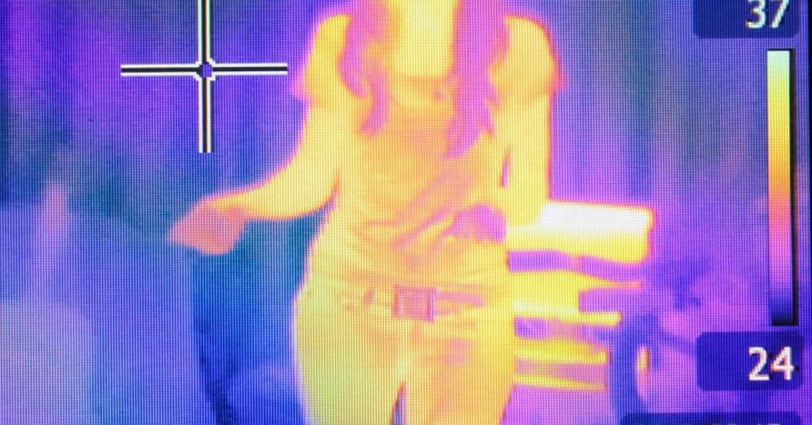
However, in the case of a Black Hole, which cannot let anything escape, not just light, no matter how we observe it with anything other than “visible light,” we will see nothing but a “pitch-black” darkness. As this book puts it:
The “black” of a Black Hole is not the same as the “black” we imagine, it is a different kind of “true black.”
It is said to be “blacker” than anything else in this universe.

So, how can we capture an object as “darkness” as a black hole? Here’s the answer.
“Is a black hole really dark?”
The answer is, of course, YES, but in fact, it’s also NO. That’s because one of the brightest objects in the universe is a black hole.
This is a fact that’s not well known (I didn’t know it until I read this book).
It’s true that black holes themselves are “dark,” but on the other hand, their surroundings are the brightest in the universe. The key to this is the “accretion disk.”
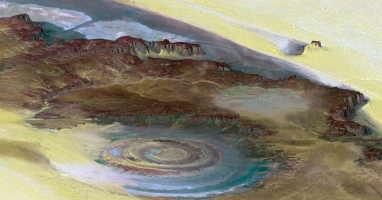
A Black Hole is a celestial body composed of two elements: the “singular point” at its center and the “event horizon” that covers it. You can imagine it as a penny on the pitcher’s mound at Angel Stadium of Anaheim being the “singular point” and the outer wall of Angel Stadium being the “event horizon.”
Because a Black Hole has an incredibly strong gravity, everything around it is pulled towards it. Eventually, these things are sucked into the “penny (singular point),” but because the “penny (singular point)” is so small, the things that are pulled towards it are not immediately sucked in and get stuck in traffic around the Black Hole.
This traffic jam of stuck things is called an “accretion disk.”

The “accretion disk” around a Black Hole rotates while waiting, and the closer it gets to the center (singular point), the stronger the gravity. This causes a difference in the rotation speed within the accretion disk. If the rotation speed were constant everywhere, the objects within the accretion disk would just run parallel to each other even if they came into contact. However, with the difference in rotation speed, friction is generated, causing the accretion disk to shine due to the heat of the friction.
In other words, a Black Hole can be seen as a “completely black region surrounded by an incredibly bright accretion disk.” Think of it like a donut. And it is precisely because it is such a celestial body that direct observation is possible.


Please search for the actual photo of a Black Hole on the internet. Although it’s a bit distorted, the photo confirmed the success of the Black Hole’s capture, including the predicted distortion by General Relativity.
Mysterious Entity Called “Supermassive Black Hole”
Now that Black Holes have been accepted theoretically and directly observed after many twists and turns, it is still a mysterious existence. Among them, the problem of “Supermassive Black Holes” is significant.

One of those problems was solved by the author’s group, but before discussing that, let’s first explain what “Supermassive Black Hole” itself is.
Generally, what is called a “Black Hole” refers to a “stellar-mass Black Hole”. It is something that is formed when a “star” such as the sun collapses, and is smaller than a “Supermassive Black Hole”. On the other hand, a “Supermassive Black Hole” is something that has a mass of millions to billions or more times that of the sun and is believed to exist at the center of a galaxy.

Now, one of the mystery surrounding “Supermassive Black Hole” was whether it could gain such a massive amount of mass in a short period of time. Eddington’s theory, which I introduced as “criticizing Chandrasekhar’s research,” is related to this mystery.
Through his research on stars, Eddington came up with the theory that “there is a limit to the brightness of a star” (known as the “Eddington limit”). And it seems that applying the same theory to Black Holes, it is indicated that “there is a limit to the amount of accretion disk that can be absorbed per unit time.” In other words, “Black Holes can be gluttonous as much as they want, as long as they have time, but they are not good at eating fast.”
On the other hand, some “Supermassive Black Holes” were already formed 13 billion years ago, just 800 million years after the birth of the universe. However, it is hard to believe that they could have gained the mass of 1 billion suns in just 800 million years. This was one of the major problems.

However, the author’s group solved this problem through simulations. They discovered that the “Eddington limit” does not strictly apply to Black Holes, meaning that they can eat fast.
However, not all problems have been solved. The authors conducted simulations based on the premise that “a large amount of gas is supplied from distant regions,” but to make that premise viable, an explanation is needed for “how gas scattered throughout the galaxy is transported to the Supermassive Black Hole at the center of the galaxy.” However, this mystery has not yet been fully resolved, so it seems that a complete explanation is still elusive.

Another big, unsolved problem with the “Supermassive Black Hole” is that there is a proportional relationship between the “mass of the galaxy” and the “mass of the Supermassive Black Hole”. This means that if a galaxy is small, the Supermassive Black Hole inside it is also small, and if a galaxy is large, the Supermassive Black Hole is also large.
The problem is that “the gravity of a Black Hole only affects objects in close proximity.” For example, we on Earth are not affected by the gravity of a Black Hole somewhere in the universe because it is too far away to have any impact on us. The “Supermassive Black Hole” is the same. If it’s close by, its gravity has an unstoppable impact, but if it’s even a little further away, its impact disappears completely.

In other words, the problem is how the Supermassive Black Hole, which should only affect the center of the galaxy, is affecting the entire galaxy’s mass. If there is a proportional relationship, it means that they are mutually affecting each other. However, it is still a complete mystery how the “Supermassive Black Hole,” which cannot affect at long distances, can do such a thing.
By directly observing Black Holes, scientists may have gained new insights. We hope that this will lead to a greater understanding of the mysteries of Black Holes.
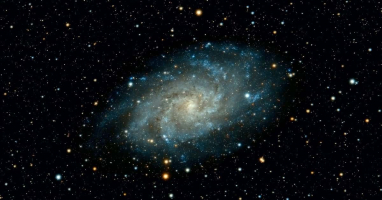
Conclusion
Finally, let’s end by discussing the idea that “we cannot take a picture of a person being sucked into a Black Hole”
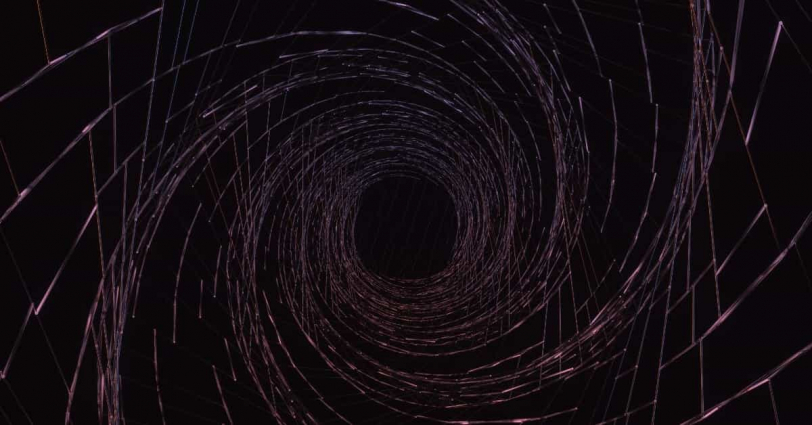
In books about Black Holes trivia, it is often written that “since no light can escape from a Black Hole, we cannot obtain information about a ‘person who has been sucked into it’. Therefore, we can only see the image of a ‘person just before being sucked into the Black Hole’ forever.” I have read such descriptions before and believed that to be true.

Indeed, theoretically, it seems like that is the correct answer, but in reality, it doesn’t work that way. That’s because of the existence of a phenomenon called “gravitational redshift”. When considering this effect, “light near a Black Hole has an infinitely long wavelength,” which means that ultimately, the “person who is about to be sucked into the Black Hole” cannot be observed.
If it were, in the end, it begs the question of “how far can we actually observe if a person is sucked into a Black Hole?” This book doesn’t touch on it, but if anyone knows, please let me know.

Published Kindle books(Free on Kindle Unlimited)
“The genius Einstein: An easy-to-understand book about interesting science advances that is not too simple based on his life and discoveries: Theory of Relativity, Cosmology and Quantum Theory”
“Why is “lack of imagination” called “communication skills”?: Japanese-specific”negative” communication”

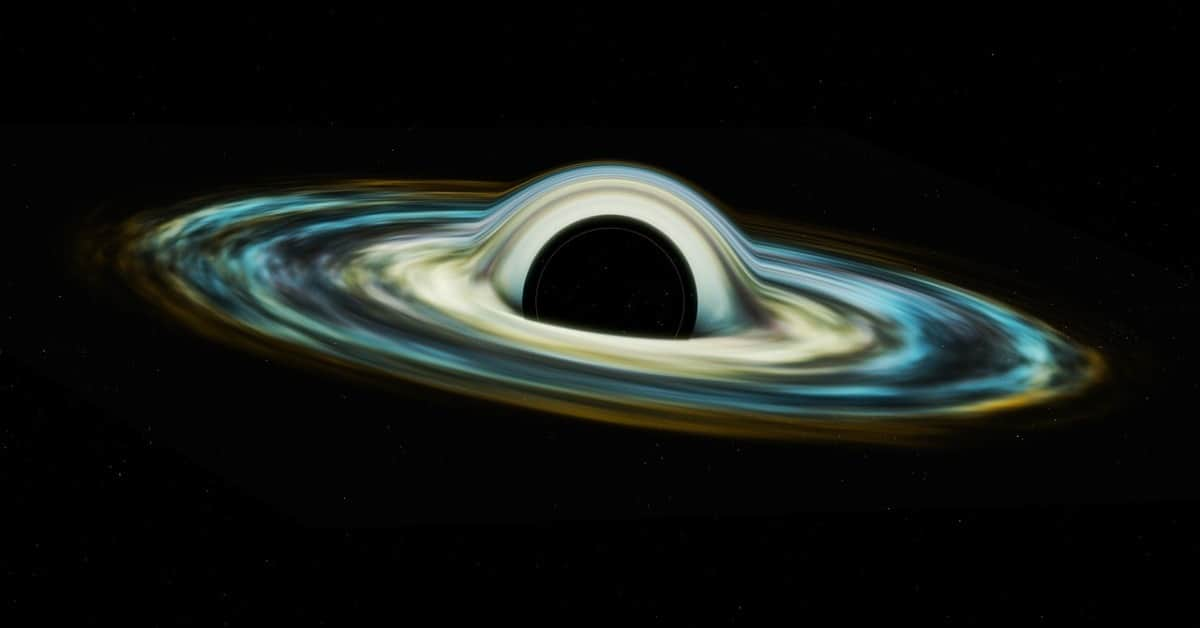






コメント